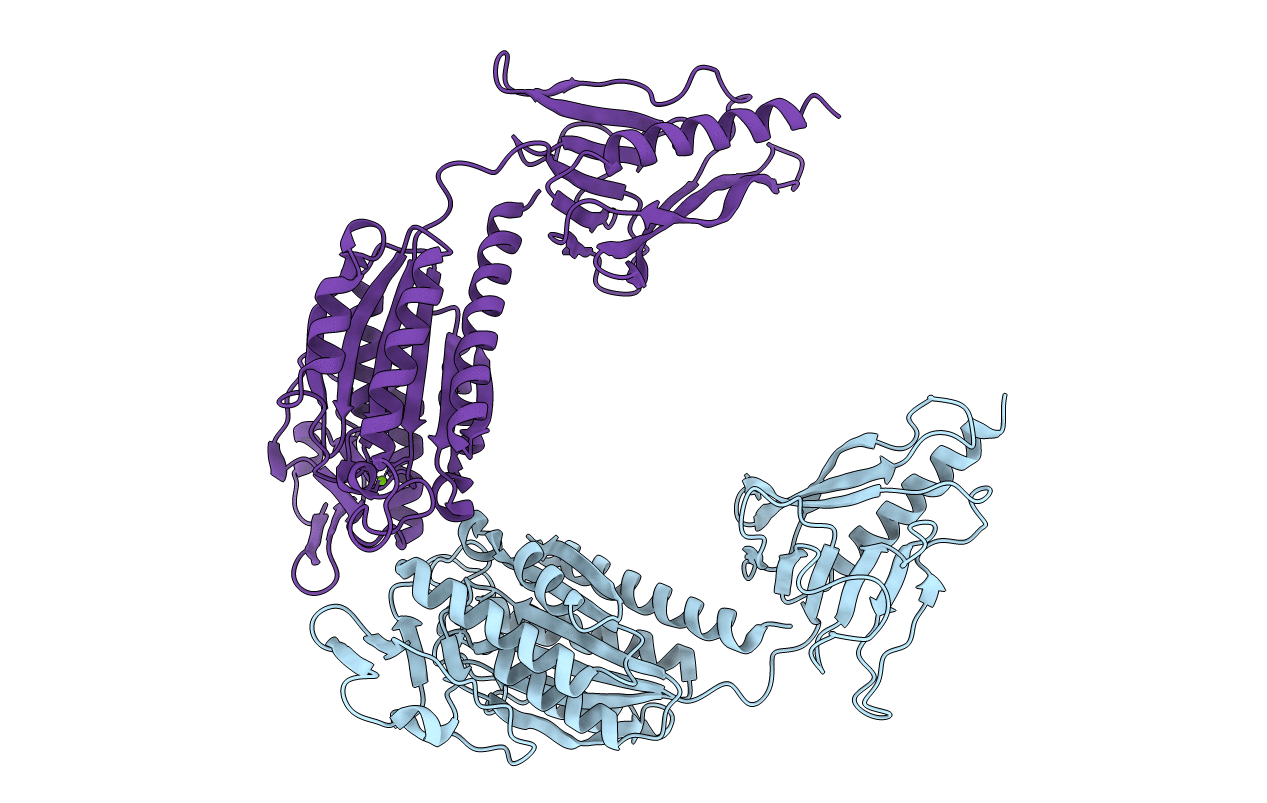
Deposition Date
2020-12-11
Release Date
2021-04-28
Last Version Date
2024-05-01
Entry Detail
Biological Source:
Source Organism:
Streptococcus sanguinis (Taxon ID: 1305)
Host Organism:
Method Details:
Experimental Method:
Resolution:
2.26 Å
R-Value Free:
0.23
R-Value Work:
0.20
Space Group:
P 61


